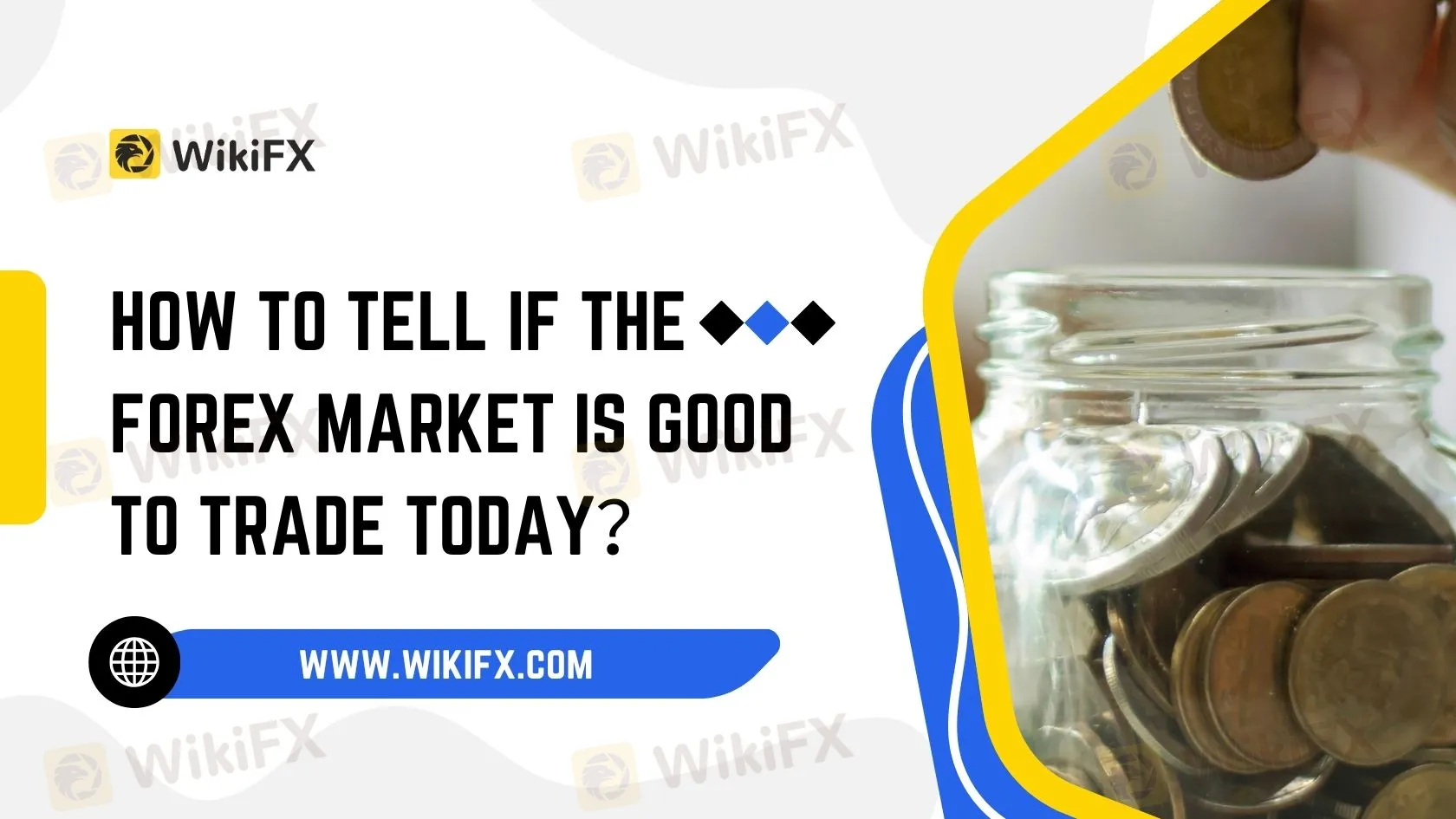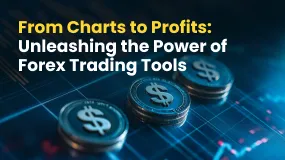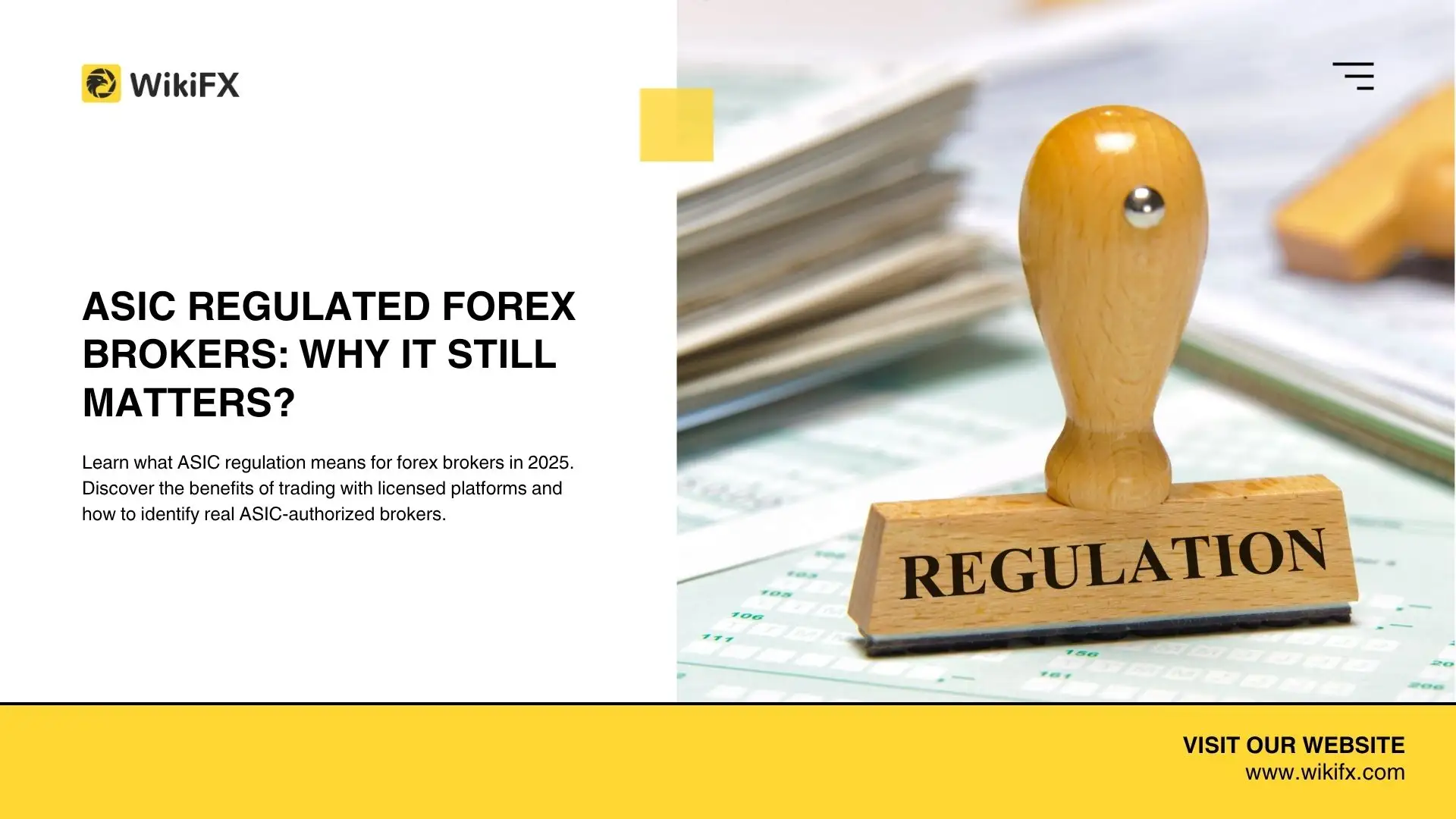简体中文
繁體中文
English
Pусский
日本語
ภาษาไทย
Tiếng Việt
Bahasa Indonesia
Español
हिन्दी
Filippiiniläinen
Français
Deutsch
Português
Türkçe
한국어
العربية
How to Tell If the Forex Market Is Good to Trade Today?
Abstract:Wondering if today is a good day to trade forex? Learn how to evaluate market conditions using volatility, session timing, technical clarity, and economic news—without relying on guesswork.

Is Today a Good Day to Trade Forex?
Every trader has asked this question at some point, whether they‘re just starting out or have years of experience behind them. The forex market is always open, but that doesn’t mean every moment offers high-quality trading opportunities. Some days are full of momentum and clean trends, while others deliver frustrating chop and indecision. Learning how to recognize the difference is key to consistent performance.
Volatility and Price Movement
One of the first things to look for is volatility. A market with energy is one where prices move far enough to create potential profit. When volatility is low, the market tends to drift sideways, offering little reward and often creating false breakouts. On high-volatility days, ranges expand, trends form more decisively, and even simple breakout setups become more reliable.
You don‘t need complex tools to judge volatility. Just compare today’s price movement to the last few days. Has the daily range increased? Are there big candles forming with momentum? These are signs the market may be worth trading.
Session Timing and Liquidity
Not all trading hours are created equal. The most active and liquid periods are typically during the London and New York session overlap. This is when major institutional players are active, creating sharp price moves and deeper liquidity.
Outside these times, especially during the Asian session, the market tends to slow down. Pairs like USD/JPY or AUD/USD might still offer opportunities, but most major pairs will show reduced activity. Matching your trading style to the session is essential—scalpers often prefer fast markets, while swing traders may benefit from quieter periods to manage risk more effectively.
Technical Clarity and Market Structure
Even with good volatility, a messy chart is a red flag. When price action shows choppy, overlapping candles with no clear direction, it becomes much harder to find and execute clean setups. On the other hand, when trends are clear and support and resistance levels are well-respected, trades tend to be more predictable and risk easier to define.
A quick glance at a chart should tell you everything. If you cant find at least one reliable pattern or setup that you trust, the market may not be ready. Trying to force trades in unclear conditions usually ends in frustration.
Economic News and External Events
Always check the economic calendar before you trade. Major news events like interest rate decisions, employment data, or inflation reports can cause sharp movements. Trading during these periods without preparation can lead to unexpected slippage or reversals.
Even if you‘re not trading the news directly, knowing when it’s about to happen helps you manage risk and avoid getting caught in sudden volatility. On quieter days, when theres no major news, markets may behave more technically—giving chart-based strategies more room to breathe.
Your Own Trading Strategy Matters
Ultimately, whether the market is “good” today depends on your strategy. A scalper may love a fast-moving London session, while a range trader might prefer a slow-moving Asian market. Some traders thrive on high-impact news volatility, while others avoid it entirely.
Being in sync with the market doesn‘t mean trading every day—it means understanding when your edge is present and when it’s not. Sitting out is often a profitable decision, especially when the conditions dont align with your setup.
Final Thoughts
Judging the quality of the forex market isn‘t about finding a perfect signal—it’s about reading the conditions, knowing your system, and deciding whether today offers a favorable environment. Some of the best trades come from waiting, not rushing. The ability to say “not today” is a skill that separates professionals from those who burn out chasing every candle.
Disclaimer:
The views in this article only represent the author's personal views, and do not constitute investment advice on this platform. This platform does not guarantee the accuracy, completeness and timeliness of the information in the article, and will not be liable for any loss caused by the use of or reliance on the information in the article.
Read more

From Charts to Profits: Unleashing the Power of Forex Trading Tools
Want in-depth insights into the forex trading market so that you can make an informed investment call? Start unleashing the power of forex trading tools. These tools, comprising both fundamental analysis and technical charts, lay the foundation for successful forex outcomes.

EC Markets: A Closer Look at Its Licenses
When selecting a broker, understanding its regulatory standing is an important part of assessing overall reliability. For traders seeking to protect their capital, ensuring that a platform operates under recognised and stringent oversight can make all the difference. Keep reading to learn more about EC Markets and its licenses.

Capital.com: A Closer Look at Its Licenses
When selecting a broker, understanding its regulatory standing is an important part of assessing overall reliability. For traders seeking to protect their capital, ensuring that a platform operates under recognised and stringent oversight can make all the difference. Keep reading to learn more about Capital.com and its licenses.

ASIC Regulated Forex Brokers: Why Licensing Still Matters in 2025
Looking for ASIC regulated forex brokers? Understand the value of ASIC oversight and how to easily verify a broker’s license in 2025.
WikiFX Broker
Latest News
XS.com Broker Partnership Expands Liquidity with Centroid Integration
EC Markets: A Closer Look at Its Licenses
Housewife Scammed of RM68,242 in Online Investment Scam
ASIC Regulated Forex Brokers: Why Licensing Still Matters in 2025
From Charts to Profits: Unleashing the Power of Forex Trading Tools
FCA Publishes New Warning List! Check It Now to Stay Safe
Before You Trade with Quest: 6 Warning Signs to Know
Forex Hedging Strategies - Calming You Amid Market Chaos
LSEG Announces £1 Billion Share Buyback Program
Ultima Markets enters the UK and gains the FCA license
Currency Calculator


